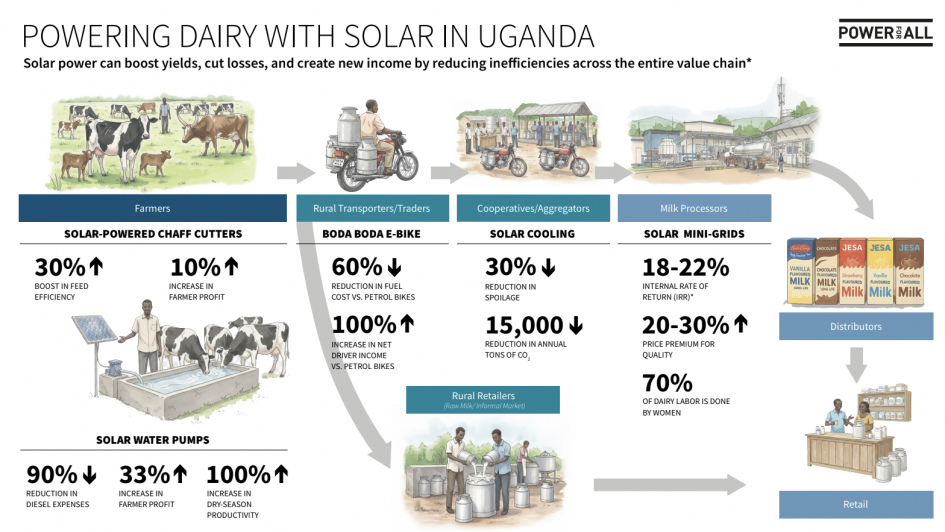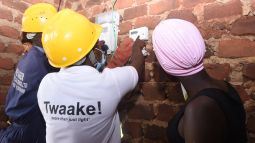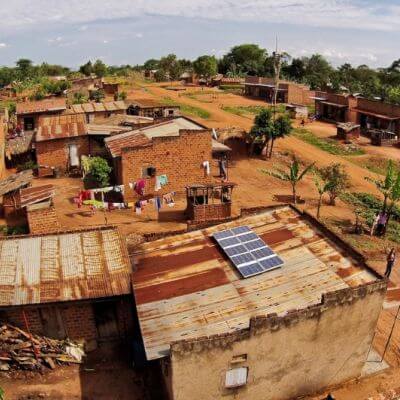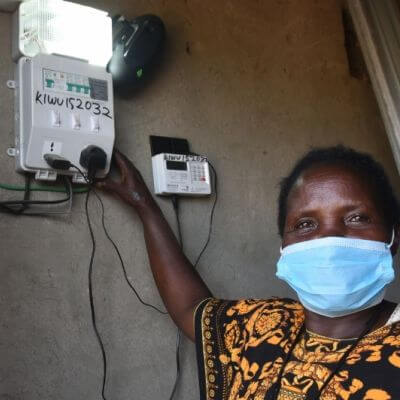Agriculture is central to livelihoods and food security across Ethiopia and Uganda — yet much of its potential remains underpowered. Low energy access continues to limit production, processing, storage, and market connectivity. This infographic, developed as part of Power for All's research "From Farm to Market: Tackling Value Chain Inefficiencies with DRE in Uganda and Ethiopia", depicts the potential opportunities and impact for DRE intervention across the dairy value chain in Uganda.
Technological innovation has always been the wind in the sails of human progress, pushing societies forward and opening up new realms of possibilities. Its transformative role can be seen vividly in the effort to achieve Sustainable Development Goal 7 (SDG 7), which aims to ensure universal access to affordable, reliable, sustainable, and modern energy.
Blockchain is in the spotlight this month and you will get to know of its potential in the battle against energy poverty. Blockchain can be a game-changer in accelerating the scaling of innovations to increase energy access to the millions of people rural communities living in Africa and Asia living without access to reliable power.
In this episode of the Power for All podcast, Anand Pathanjali speaks to Mike Bess and Ankit Agarwal from BESA 2 project on behalf of NIRAS LTS. NIRAS-LTS partnered with Aston University, E4tech and AIGUASOL for a two-year research project entitled ‘Bioenergy for Sustainable Local Energy Services and Energy Access in Africa - Phase 2’ (BSEAA2), part of the Transforming Energy Access (TEA) programme, funded by the UK Foreign, Commonwealth and Development Office (FCDO). The TEA programme aimed to create innovative solutions for scaling up technologies and business models to support energy access in Sub-Saharan Africa (SSA).
Neither centralized nor decentralized energy is purpose-built to end energy poverty at scale, alone. Integrated energy approach through public private partnerships can accelerate energy access, through faster and lower-cost electrification, and advance productive use of energy. However, regulatory and finance interventions are needed to transform national energy systems into robust networks that deliver reliable, affordable, universal access for all.
 Platform for Energy Access Knowledge
Platform for Energy Access Knowledge Explore the best energy access idata and thinking with PEAK, our powerful interactive information exchange platform.







